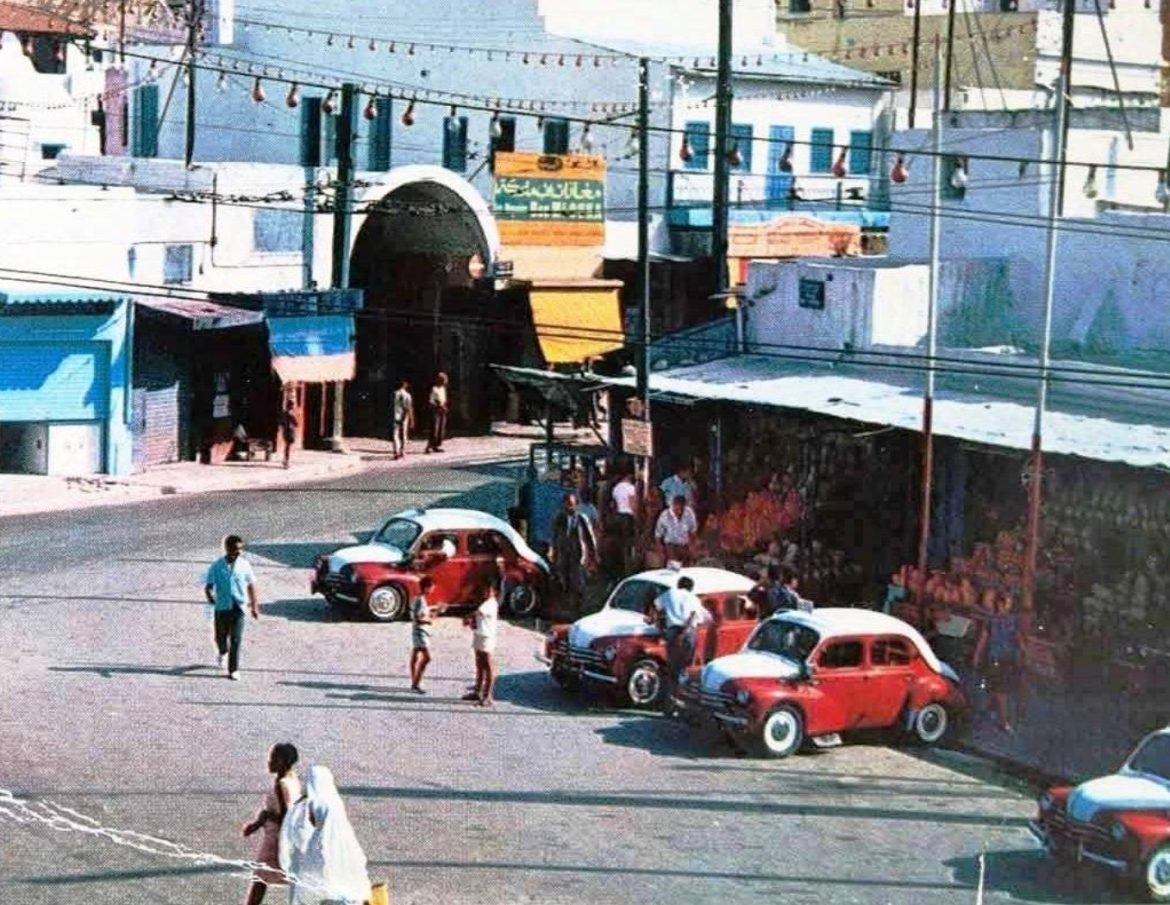Tunisian cities hum with the constant movement of taxis, their yellow paint gleaming under the Mediterranean sun. But for many Tunisians, taxis are more than just a means of transportation—they are an institution, a cultural emblem, and even a source of national pride. Among them, the legendary BiBi taxi holds a special place. For decades, these shared taxis shaped daily life, offering an affordable and efficient way for millions to navigate Tunisia’s bustling streets.
The Birth of the “BiBi” Phenomenon

The roots of Tunisia’s taxi culture trace back to the early 20th century when colonial-era transport systems proved insufficient for a rapidly growing population. By the 1950s, as Tunisia gained independence, the need for an organized yet accessible form of urban transportation became clear. The answer? The BiBi—a compact, shared taxi service that revolutionized mobility in Tunisia.
Unlike modern taxis, which are yellow, the original BiBi taxis were instantly recognizable by their red and white color scheme. These small, French-made Renault 4CVs and similar models operated as shared taxis from the 1950s until around 1970. Unlike conventional taxis, BiBis followed set routes, allowing multiple passengers to share a ride at a fraction of the cost of a private taxi. This model struck a perfect balance between affordability and flexibility, making it a hit among working-class Tunisians.
An Icon of Everyday Life

From their early days, BiBi taxis became an integral part of urban life. Whether ferrying factory workers to their jobs, students to school, or market-goers to souks, these small cars wove through Tunisia’s cities and towns, connecting communities in an era before widespread public transit.
Beyond their function, these taxis hold deep cultural significance. They were places where friendships sparked, where marriage proposals were whispered, and where generations of Tunisians shared everything from football scores to life advice. They are also the subject of folklore—every Tunisian has heard stories of a BiBi ride that took an unexpected turn, whether due to an unusually philosophical driver or a thrilling race through the city’s winding streets.
The Unspoken Rules of the “BiBi”

Regular passengers of the BiBi knew that it operated by a unique set of unwritten rules. Unlike standard taxis, BiBi fares were fixed per passenger, with no room for haggling. Seating followed an unspoken hierarchy—first-come, first-served, though elders and women often received priority. The front seat was a prime spot, allowing passengers to engage with the driver or enjoy a clear view of the road. And, of course, every rider knew the art of the BiBi signal—a quick wave of the hand indicating their desire to board.
Drivers, on the other hand, were the undisputed masters of the road. Many spent decades behind the wheel, perfecting their knowledge of shortcuts, peak-hour bottlenecks, and the precise amount of fuel required to make it through the day. Their skill at navigating Tunisia’s labyrinthine streets at high speeds while keeping up a steady conversation was nothing short of legendary.
A National Treasure on Four Wheels

Though BiBi taxis gradually disappeared by the 1970s, replaced by newer models and standardized taxi services, their legacy remains deeply ingrained in Tunisia’s identity. They were more than just vehicles—they were a social experience, a daily ritual, and an enduring symbol of resilience. Today, they are fondly remembered as a cherished piece of Tunisia’s transportation history, immortalized in museums and vintage car collections.
So the next time you see an old red-and-white Renault 4CV on display, take a moment to appreciate the history it represents. These BiBi taxis were once the heartbeat of Tunisia’s cities, weaving together the daily lives of millions—and their journey, at least in memory, is far from over.

